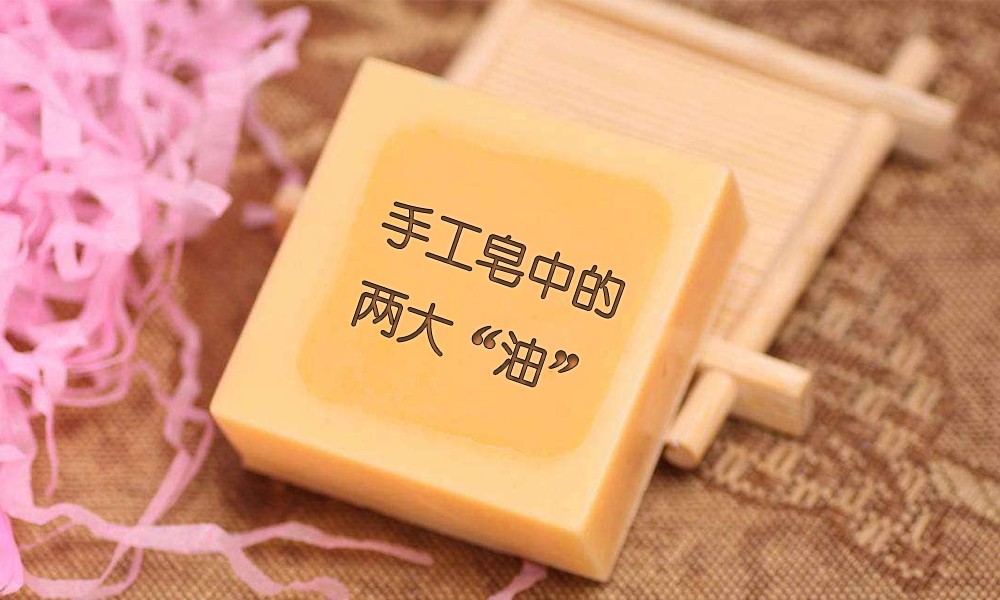
Handmade soap is made artificially using natural oils and lye. of soap. Basically it is the result of the saponification reaction of oil and alkali. Handmade soap can be used both for face washing and bathing. The fine and rich foam of handmade soap can completely remove oil stains deep in pores. Makes skin moisturized, shiny and elastic.
Today I will take you to learn about the two major “oils” in handmade soap:
1. Glycerin in handmade soap
Glycerin (also known as glycerol) is colorless, odorless, sweet, and clear and sticky in appearance. A liquid organic substance. It is miscible with water, alcohols, amines and phenols in any proportion, and the aqueous solution is neutral. Glycerin is a polyol moisturizer. The hydroxyl groups in the molecular structure can form hydrogen bonds with water molecules, which plays a good role in absorbing and locking water. Glycerin has a wide range of uses. Currently, it has more than 1,700 uses. It is used in both food and industry.
The chemical principle of making handmade soap is: ester (oil) + sodium hydroxide = soap + glycerin. Glycerin is an indispensable moisturizing ingredient in skin care products and cosmetics. 25% of glycerin is naturally produced during the saponification process of handmade soap. Most commercially available soaps extract the glycerin produced during saponification and use it for cosmetic purposes. Without glycerin, soaps tend to dry out the skin after washing.
Handmade soap contains natural glycerin, which has an extraordinary moisturizing effect and is very gentle to the skin and non-irritating. The foam is fine and rich. In addition to its amazing cleaning power, it will not damage the skin’s stratum corneum at all. This is because the glycerin contained in it can form a protective film while cleaning dirt to protect the skin. Once the stratum corneum of the skin ages, important water will be lost. The loss of water is one of the reasons why the skin is dry and wrinkles appear.
2. White oil in handmade soap
White oil is specially and deeply refined. mineral oil. It has good oxidation stability, chemical stability, light stability, colorless and odorless. The basic composition is a saturated hydrocarbon structure, and aromatic hydrocarbons, nitrogen-containing, oxygen, sulfur and other substances are approximately zero. White oil can be divided into cosmetic grade white oil, industrial grade white oil, pharmaceutical grade white oil and food grade white oil according to its use.
The white oil in handmade soap can improve the hardness of the soap. It has a refreshing and moisturizing feeling and can make a thick and hard soap. It is gentle, refreshing and moisturizing to wash, and the foam is also very fine. The recommended dosage is approximately The oil weight is within 20%. Because white oil is in the form of solid cream, it needs to be heated over water before use. Generally, sellers of white oil for soap making usually label it “vegetable white oil”, which is shortening used in food and is a food-grade white oil.

 微信扫一扫打赏
微信扫一扫打赏

